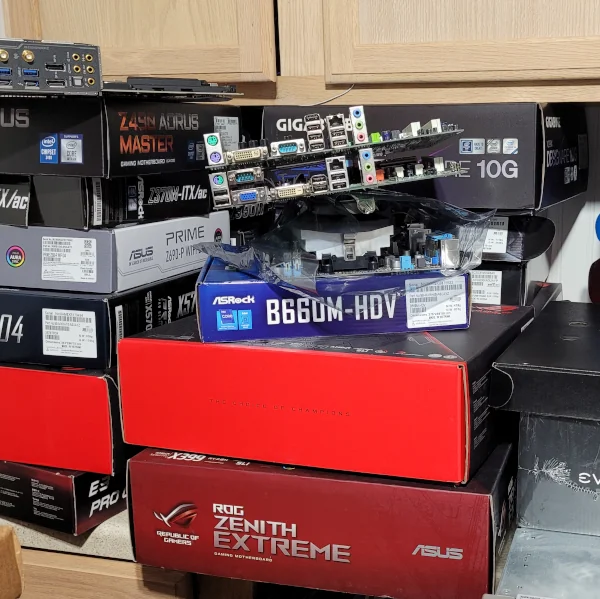The Most Energy-Efficient Linux Computers

The Green500 list for June 2012 can be found at Green500.org. Some comments on the top 10:
- The top ten systems (actually it goes all the way up to the 20th rank) are all based upon BlueGene/Q, IBM's third-generation super-computer design. A BlueGene/Q compute chip contains 18 cores and are 64-bit PowerPC A2 processor cores running at 1.6GHz and support four-way simultaneous multi-threading. The chips are manufactured on a 45nm SOI processor and draw 55 Watts while being rated for 205 GFLOPS. There's 1GB of DDR3 memory per processor core. BlueGene/Q topped the June 2011 and November 2011 lists for Green500 too, but that time it was still in a prototype stage and didn't dominate all top ten systems.
- All top ten on the Green500 rank are averaging 2099~2100 MFLOPS-per-Watt. This is still the general range that the top super-computers were at last year before quickly dropping to sub-1000 MFLOPS-per-Watt for HPLINPACK. But now there's just more BlueGene super-computers getting out there.
- Intel Xeon hardware starts appearing at around 1380 MFLOPS-per-Watt for HPL.
- A SPARC64 system manages to make the list. It's crazy for power with an average power consumption of 12659.90 kW (far beyond the other super-computers in its class) while averaging 830.18 MFLOPS-per-Watt.
- There isn't any ARM hardware making the cut for delivering the best performance-per-Watt, nowhere on the top 500 list was any ARM systems found.
- It doesn't appear any MIPS / Loongson hardware made the list either.
- Most (if not all) of these systems are running Linux.
Unfortunately the 96-core Ubuntu ARM solar-powered super-computer (plus videos here) powered by PandaBoards at MIT is still too far behind to make the list, but the results are fairly interesting anyhow. I'm finishing up some benchmarks on the 48 PandaBoard cluster this weekend so next week should have numbers to share, thanks to the Massachusetts Institute of Technology.
6 Comments

